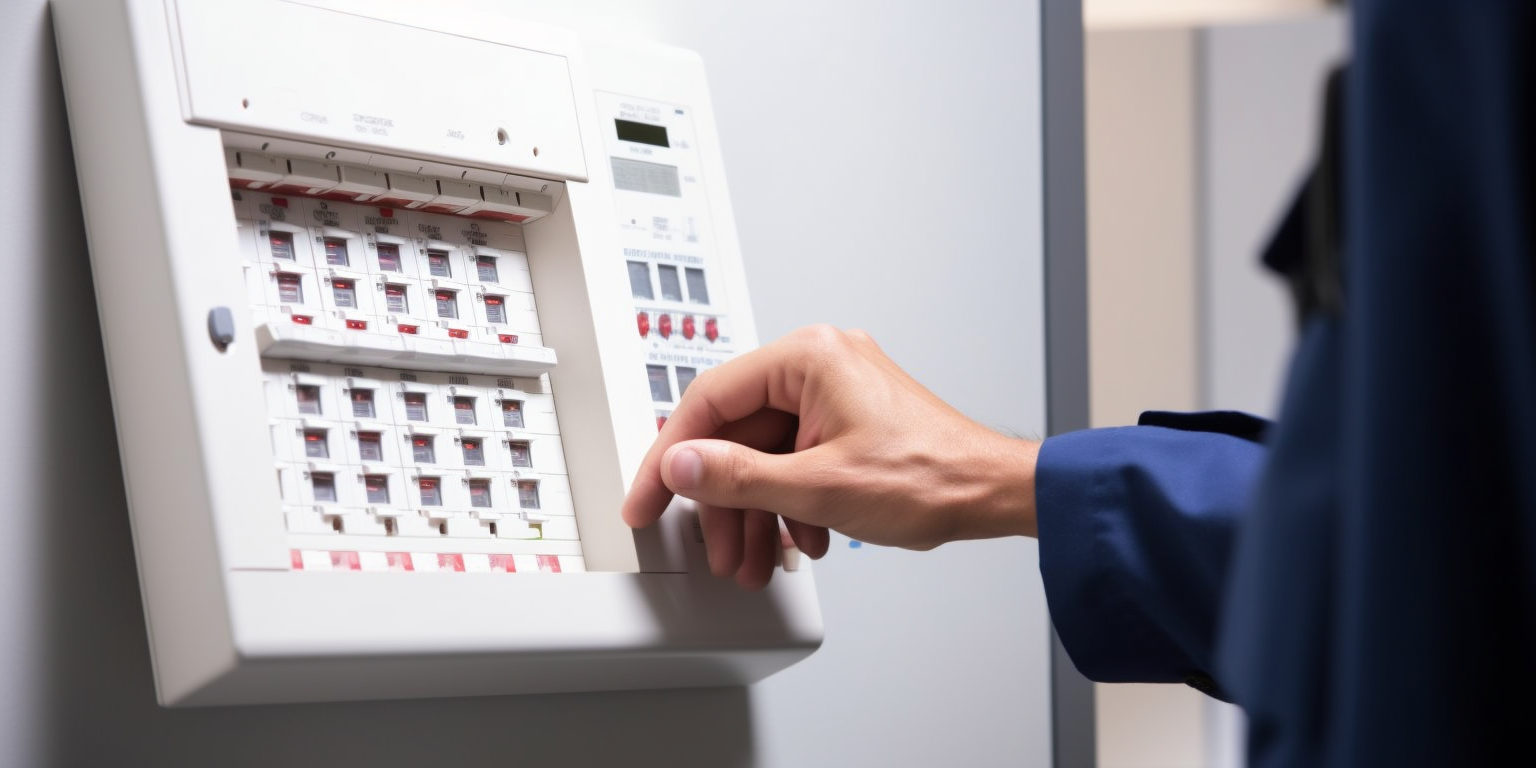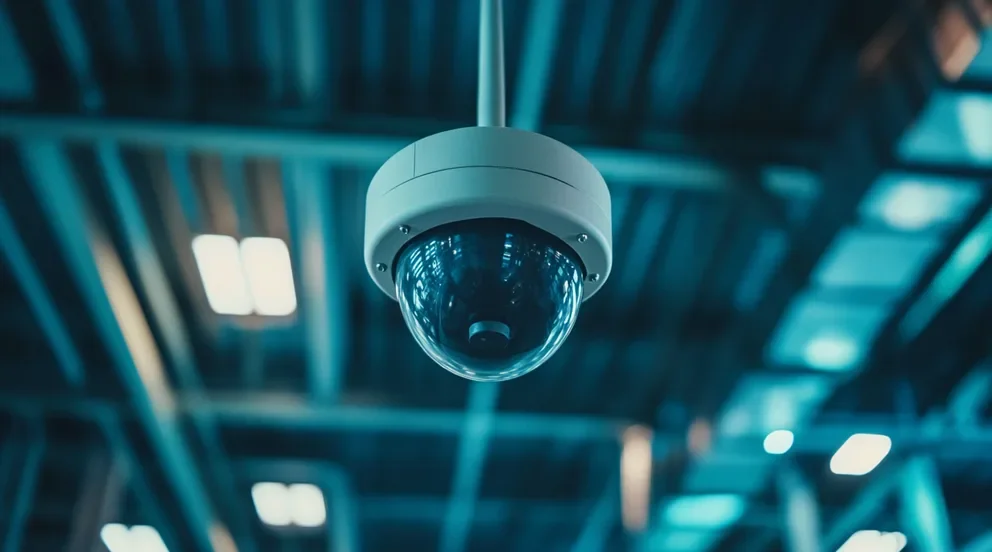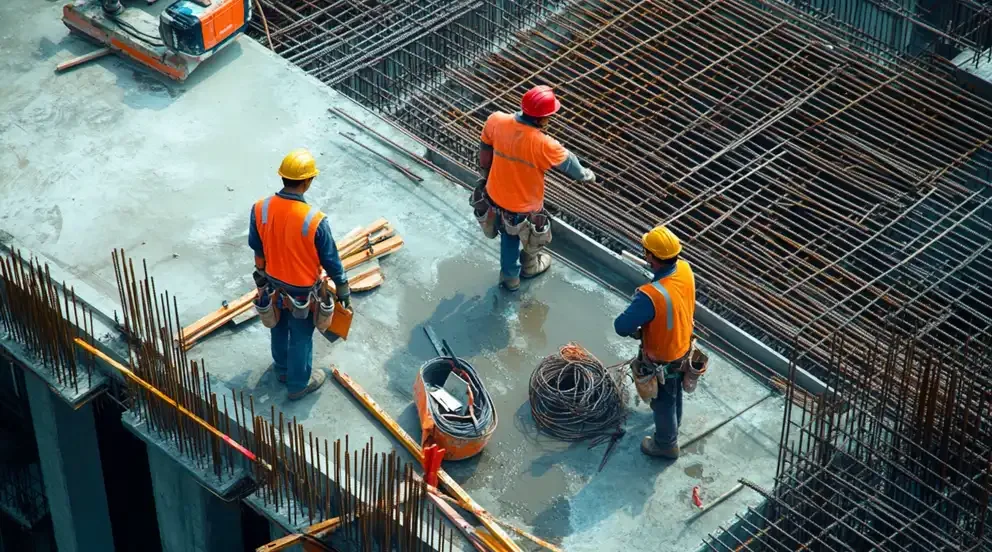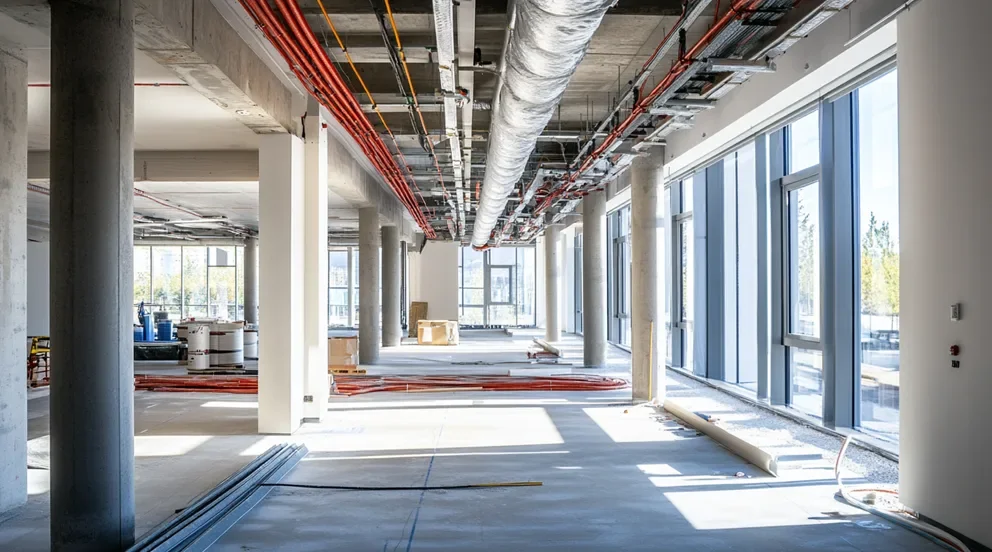What are the main components of a Fire Alarm System?
Components of Fire Alarm System work together to detect potential danger and alert those inside the building. It is crucial for any building or residential complex to have a properly functioning fire alarm system installed, as it can save lives by providing early warning of smoke or fire. The main components of a fire alarm system include:
1. Sensors/Detectors: These are the devices which detect smoke, heat or other signs of a potential fire. There are two types – active and passive detectors. Active detectors use motion or sound to detect fires, while passive detectors detect gases and particles in the air.
2. Control Panel: This is the brains of the system which receives signals from the sensors/detectors and activates alarms when set limits are exceeded. It also includes indicators for monitoring the connected loop wiring and other integral parts of the system.
3. Alarm Notification Appliances: These devices produce distinctive sounds or visual cues to alert occupants when a fire has been detected. They may be loud horn-like appliances, bells, chimes, flashing lights or strobes depending on its type and purpose.
4. Power Supply Unit: This component provides power to all parts of the system including sensors/detectors, control panel and notification appliances. In many cases both battery backups and mains grid power sources provide backup in case of outages or blackouts in order to ensure continuous protection for occupants against potential fires at all times.
5. Fire Sprinkler System: A fire sprinkler system automatically releases water when temperatures exceed specific thresholds in order to help suppress flames quickly before they can cause serious damage or harm people within a building or structure. In some cases, this component is integrated into the overall fire alarm system for better protection against fires.
Components Of Fire Alarm System: Sensors and Detectors
A fire alarm system typically consists of various sensors and detectors designed to detect different types of fires. Heat detectors sense a rapid rise in temperature, smoke detectors sense smoke particles, and flame detectors are able to detect open flames.
Heat detectors are suitable for use in locations where the risk of fire is relatively low since they respond to gradual rises in temperature rather than the actual presence of smoke or a flame. The two most common types of heat detectors are fixed-temperature and rate-of-rise models. Fixed-temperature models are designed to activate at a specific pre-set temperature while rate-of-rise models can detect an increase in temperature over time.
Smoke detectors are essential in detecting the presence of fires and alerting people of any potential danger. They employ both ionization and photoelectric technology to detect smoke particles, and each has its own way of responding to fires. Ionization smoke alarms have two tiny metal plates that form an electrical current when there is no smoke present. When smoke particles enter the device’s chamber, they disrupt the flow of electricity between the two plates, setting off a loud alarm. Photoelectric smoke alarms consist of a light source and photocell units. When smoke enters the chamber, it scatters light from the source onto the photocell unit, resulting in an alert signal being triggered.
Flame detectors can be used both outdoors and indoors to detect open flames from combustible materials. These devices use infrared or ultraviolet technology that detects heat signatures given off by flames, providing a fast response time which helps minimize damage caused by fires. Some models are sensitive enough that they can differentiate between real flames and false signals caused by sunlight or reflections from nearby surfaces.
Components Of Fire Alarm System: Control Panels
Fire alarm systems use control panels to activate alarms, monitor conditions, and respond appropriately to potential fires. Generally, there are three main types of control panels used in fire alarm systems: conventional, addressable, and network-based.
Conventional control panels are the simplest type of fire alarm system. They typically use multiple zones with basic wiring circuits and limited input/output capabilities. This type of panel is well suited for small properties with straightforward needs that don’t require complex programming or sophisticated monitoring.
Addressable control panels take the concept one step further by allowing each input (like a smoke detector or door switch) to be identified by its own address. Each address can be programmed to trigger different response procedures depending on the type of event detected. For example, a heat detector may trigger a sprinkler system while a smoke detector could send an alert to the local fire department. This control panel makes it much easier to manage larger properties with more complex needs.
Network-based control panels are the most advanced type available today and provide unparalleled levels of flexibility and scalability for large facilities with expansive fire safety requirements. These systems rely on Ethernet or similar networks to connect all components together via a central processor that manages all incoming data from sensors and other wired devices as well as wireless connections like Wi-Fi or Bluetooth signals sent from mobile phones or portable detectors carried by personnel within the building. This control panel offers high levels of customization, including automated response protocols and rules based on situational awareness data collected from connected devices such as thermal imaging cameras or air quality monitors.
Components Of Fire Alarm System: Alarm Notifications
Fire alarms are an essential component of any safety and security system, as they ensure that people receive timely warning of a potential fire, there are multiple types of alarm notification systems available.
One common type of fire alarm notification is a loud audible alert. These systems emit a loud siren or bell sound to warn occupants within hearing distance that a potential threat is present. This type of notification is effective in alerting those nearby who may not have had access to radio or television broadcasts.
Visual notifications are also widely used for fire alarm systems. These include flashing lights, strobe lights, and even video displays that can be seen from various distances away from the source. Visual alerts are especially useful in areas where sound may not carry effectively due to barriers such as walls or machinery noise.
A less common but increasingly popular form of fire alarm notification is via smartphone applications. With most modern smartphone models now offering wireless connectivity options such as Bluetooth and Wi-Fi, these applications allow users to receive notifications directly on their device without having to be in close proximity to a building with an active alarm system.
Finally, there are public address systems (PA) which enable site owners and operators to broadcast messages about an active fire over loudspeakers at designated locations throughout their facility. While this type of system does not provide direct warnings in real-time like some of the other methods discussed here, it can still be a useful tool when combined with other forms of messaging such as text messages or email notifications.
Overall, the best way to ensure effective fire alarm warning systems is by implementing multiple layers and types of notification so that everyone is able to quickly react in case of an emergency situation.
Components Of Fire Alarm System: Power Supply Unit
The primary purpose of the power supply unit is to provide uninterrupted power to the fire alarm system, so that it is always ready to detect and report any potential fires. This continuous power ensures that the system can detect even minor changes in temperature and smoke levels, making it possible for it to sound an alarm quickly if there is a threat of fire. In addition, the power supply unit helps maintain optimum battery levels, providing backup in case of a power outage or other emergency situation.
The first type is a battery-operated power supply. This type of unit runs off of one or more batteries, such as lithium ion or alkaline cells. It is relatively low cost and requires minimal maintenance. The downside is that the batteries must be regularly replaced to maintain a reliable source of power.
A second option is an AC/DC hybrid power supply. This type operates by combining alternating current (AC) with direct current (DC). It can provide both AC and DC output to operate various components in a fire alarm system, such as smoke detectors and alarm panels. Additionally, it usually contains backup batteries in case of a main power failure. The disadvantage is the cost and it requires more complex wiring for installation.
The final option is an uninterruptible power supply (UPS). This type provides continuous protection against loss of main power by using either batteries or capacitors to store energy when there is a sudden drop in voltage or current flow. However, this type may also be more expensive than other options and requires larger storage space for installation.
Components Of Fire Alarm System: Fire Sprinkler Systems
1. Wet Pipe Sprinkler System: A wet pipe sprinkler system is the most common type of fire sprinkler system, which contains water in the pipes at all times and activates when the heat from a fire causes the sprinklers to open.
2. Dry Pipe Sprinkler System: A dry pipe sprinkler system uses pressurized air or nitrogen instead of water, as it is installed in areas where freezing temperatures are possible. When a fire alarm is triggered, this type of sprinkler will open and release the air pressure in order to allow water to flow through its pipes into an area that needs protection against flames and smoke damage.
3. Pre-Action Sprinkler System: A pre-action sprinkler system requires two conditions – a manually operated valve must be opened for water flow initially, followed by activation of either individual or group head detectors set up at strategic locations near potential hazard sources such as flammable liquids storage tanks or combustible dust collection points etc., before any action takes place within a given area protected by these systems.
4. Deluge Fire Sprinklers Systems: Designed primarily for use in hazardous environments with highly combustible materials such as petrochemical plants; deluge systems are connected to a water distribution piping network with open nozzles. This system is triggered by an alarm or detection device and then pumps large volumes of pressurized water into the area that needs protection.
5. Foam-Water Sprinkler System: Foam-water sprinkler systems combines foam concentrate with water, which helps reduce the spread of flames and minimize heat radiation where combustible liquids, flammable gases or other hazardous materials are present. It is effective in extinguishing fires significantly faster than standard water-only systems.



